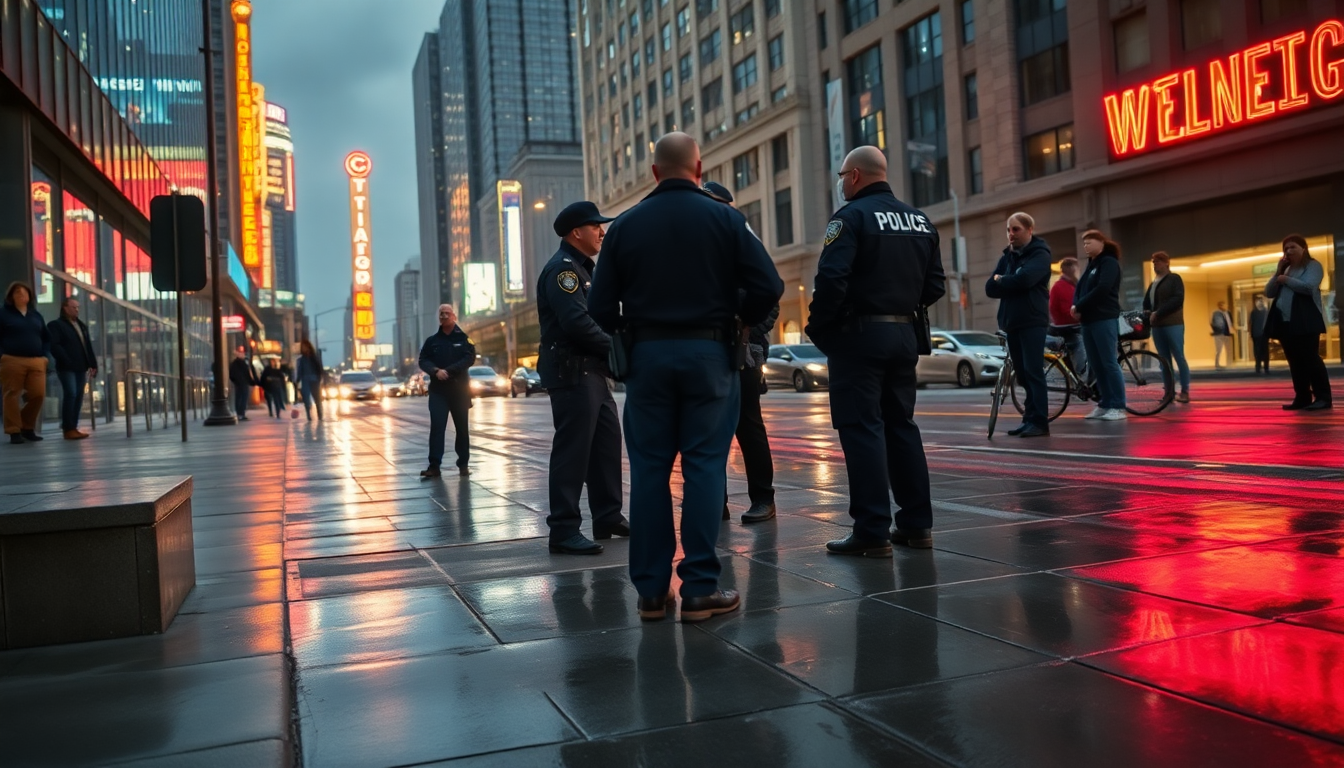Table of Contents
Urban environments can feel like a tangled web of social dynamics, can’t they? Understanding the nature of crime in these spaces offers us valuable insight into the broader issues affecting our society. Take a recent incident in Winnipeg, for example. A 35-year-old woman found herself at the center of a chaotic scene that sheds light on the challenges facing both law enforcement and the community. What does this tell us about safety, policing, and the deeper issues that often underlie such events?
Incident Overview
On a Sunday morning, police were called to reports of vandalism on Magnus Avenue. Witnesses painted a vivid picture of chaos as officers arrived to find a woman trying to break into a parked car with a screwdriver. It all escalated quickly when she allegedly hurled the tool at the officers, barely missing one of them. This level of aggression over what seemed like a minor crime underscores the unpredictability of urban criminal behavior.
This woman now faces multiple charges, including assaulting a peace officer with a weapon, mischief, and failing to comply with her release conditions three times. It’s not just about the disruption to community safety; it raises important questions about how we handle individuals grappling with personal and socio-economic struggles.
Community Impact and Law Enforcement Response
The fallout from this incident goes beyond just legal ramifications for the individual involved. Community members may find themselves feeling more anxious about their safety, creating an atmosphere of unease in their own neighborhoods. Isn’t it a stark reminder of the ongoing need for effective communication and collaboration between law enforcement and the communities they serve?
Moreover, how law enforcement reacts in such situations can significantly shape public perception. The way officers handle these scenarios can either build or erode community trust. Isn’t it crucial that officers receive proper training to de-escalate situations and engage positively with the public to prevent similar incidents down the line?
Broader Trends in Urban Crime
When we look at this incident through the lens of broader urban crime trends, a complex picture emerges. Economic instability, mental health struggles, and substance abuse often intertwine, fueling criminal behavior. Understanding these dynamics is key to developing effective strategies for prevention.
In recent years, many cities have started to implement community-based programs that focus on tackling the root causes of crime rather than just reacting to incidents. These initiatives often see social services, mental health professionals, and law enforcement working together to create a more comprehensive approach to public safety. Isn’t it fascinating to see how collaboration can lead to real change?
As urban areas continue to evolve, the nature of crime and public safety will undoubtedly shift. Ongoing analysis and adaptation will be essential to meet these challenges head-on.
Conclusion and Future Considerations
The incident on Magnus Avenue serves as a snapshot of the larger issues facing urban centers today. While it’s important to address individual acts of crime, we also need to understand and tackle the systemic factors contributing to such behavior. Looking ahead, communities must prioritize collaboration, prevention, and education to cultivate a safer urban environment for everyone. How can we all contribute to making our neighborhoods better places to live?


